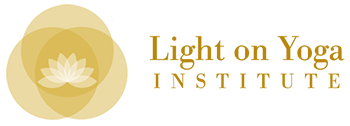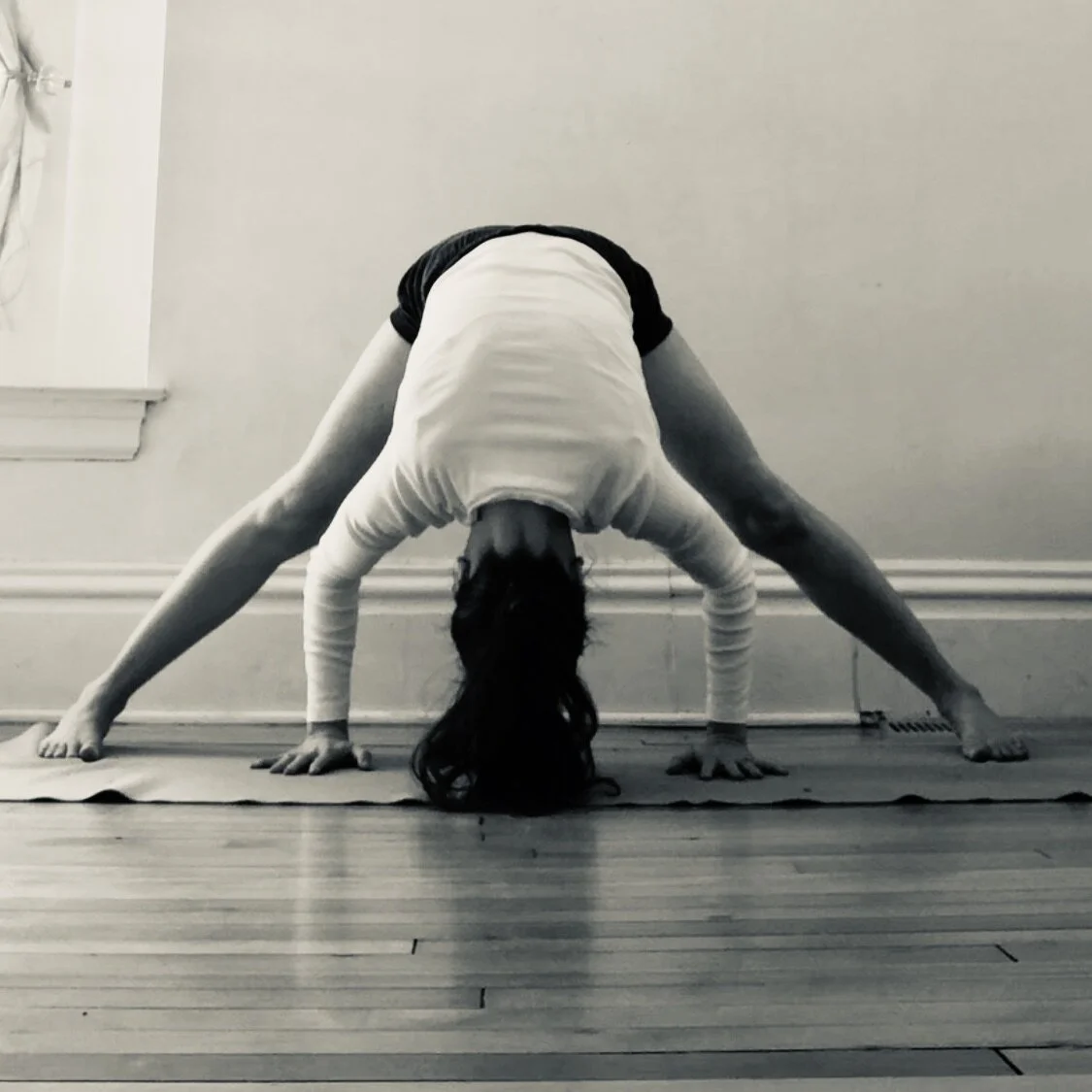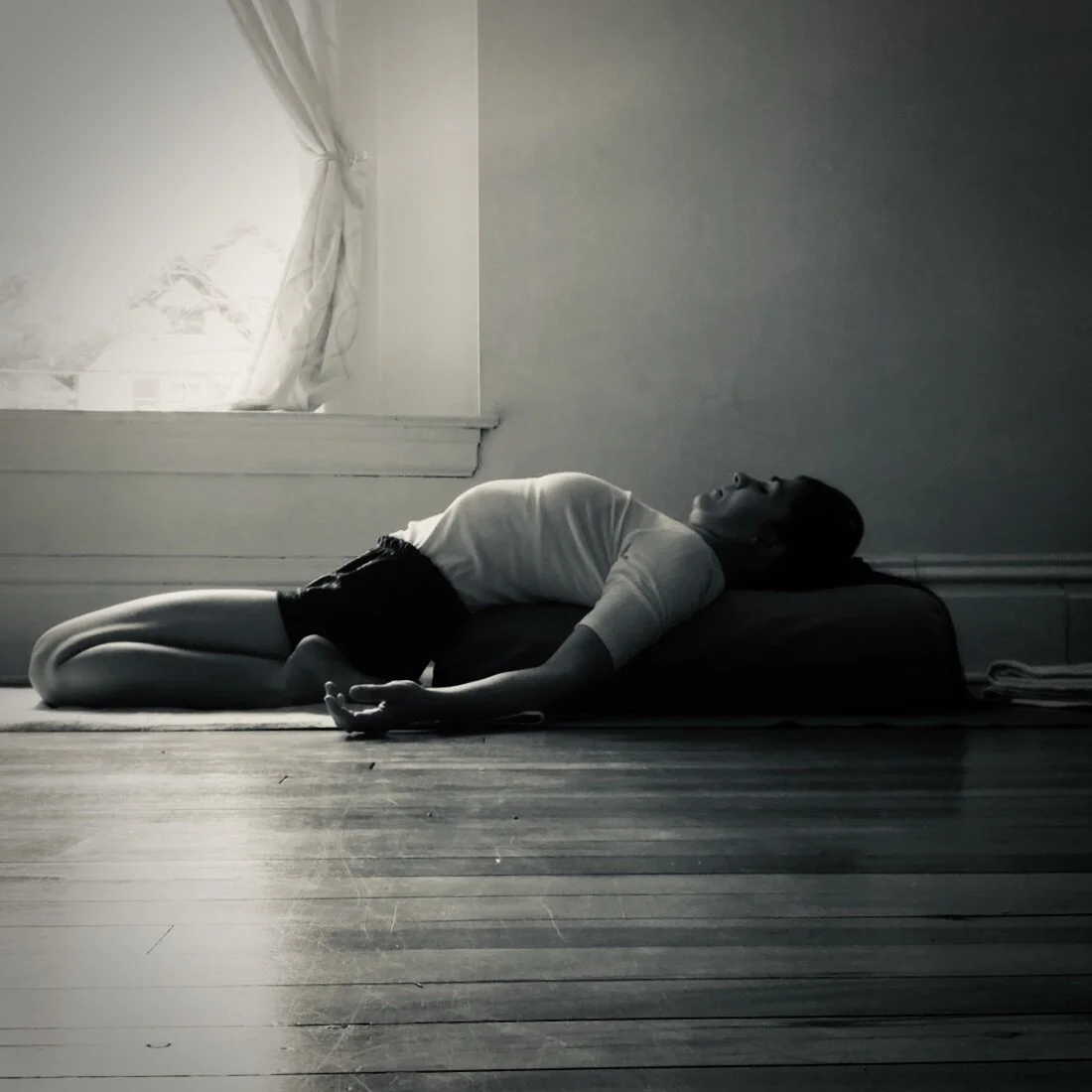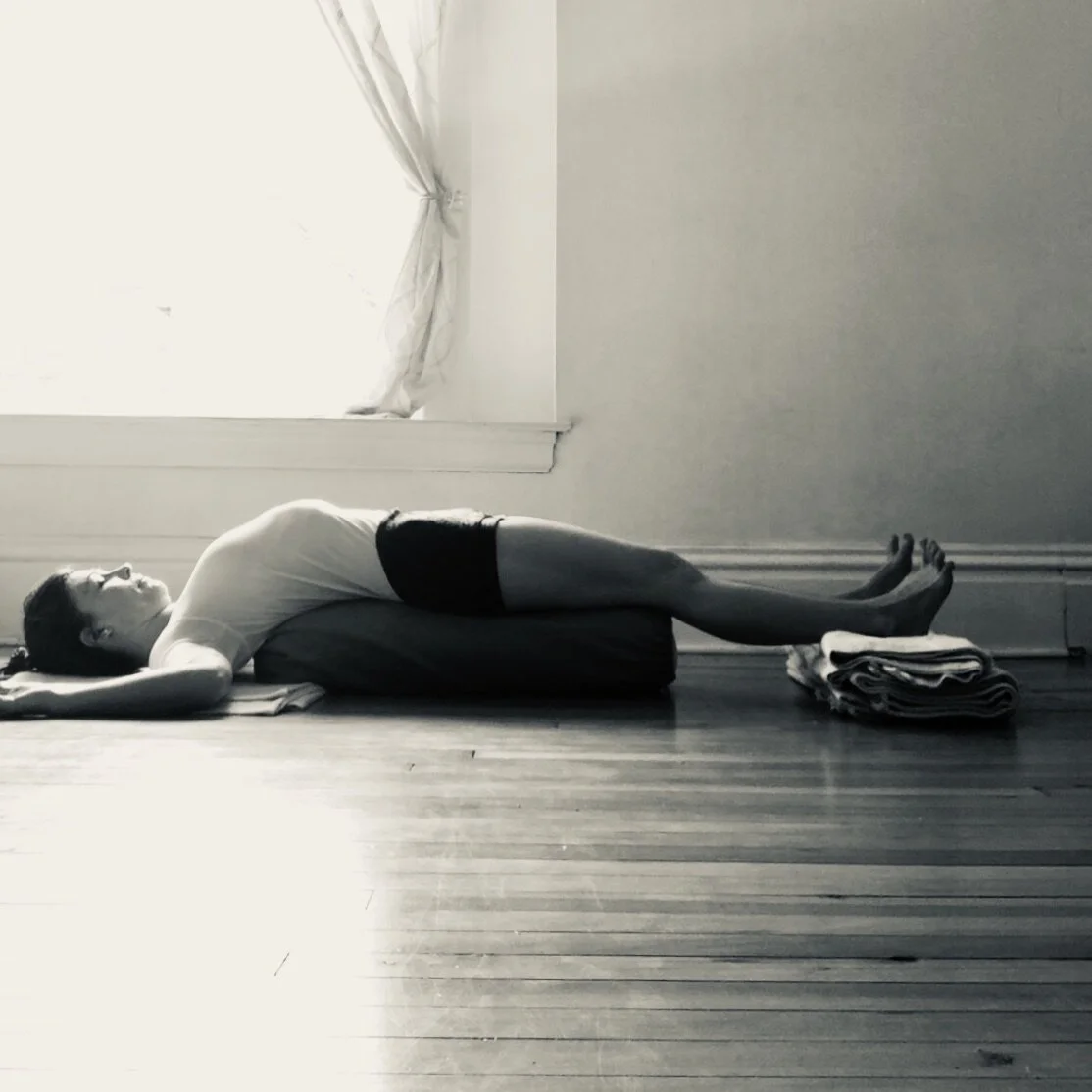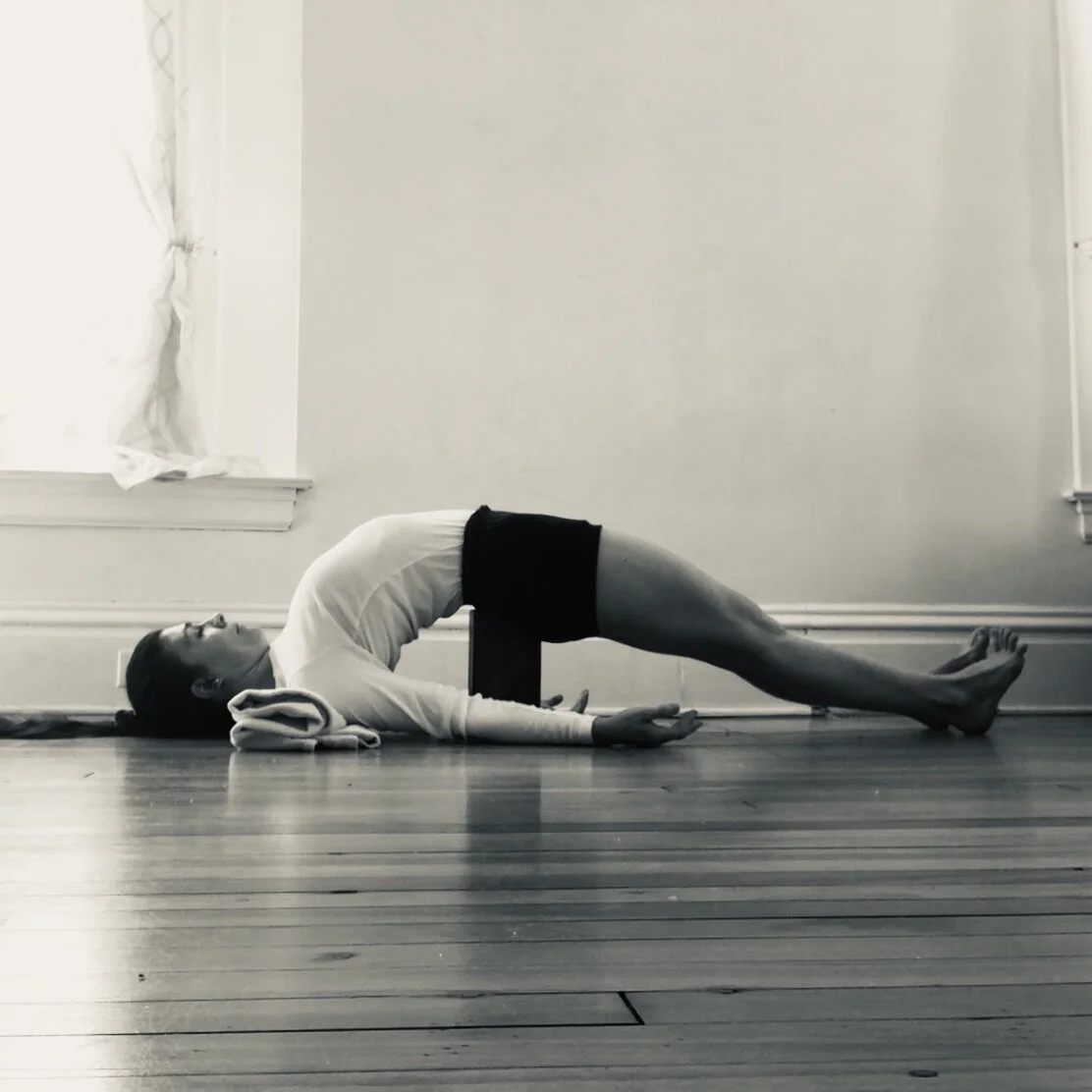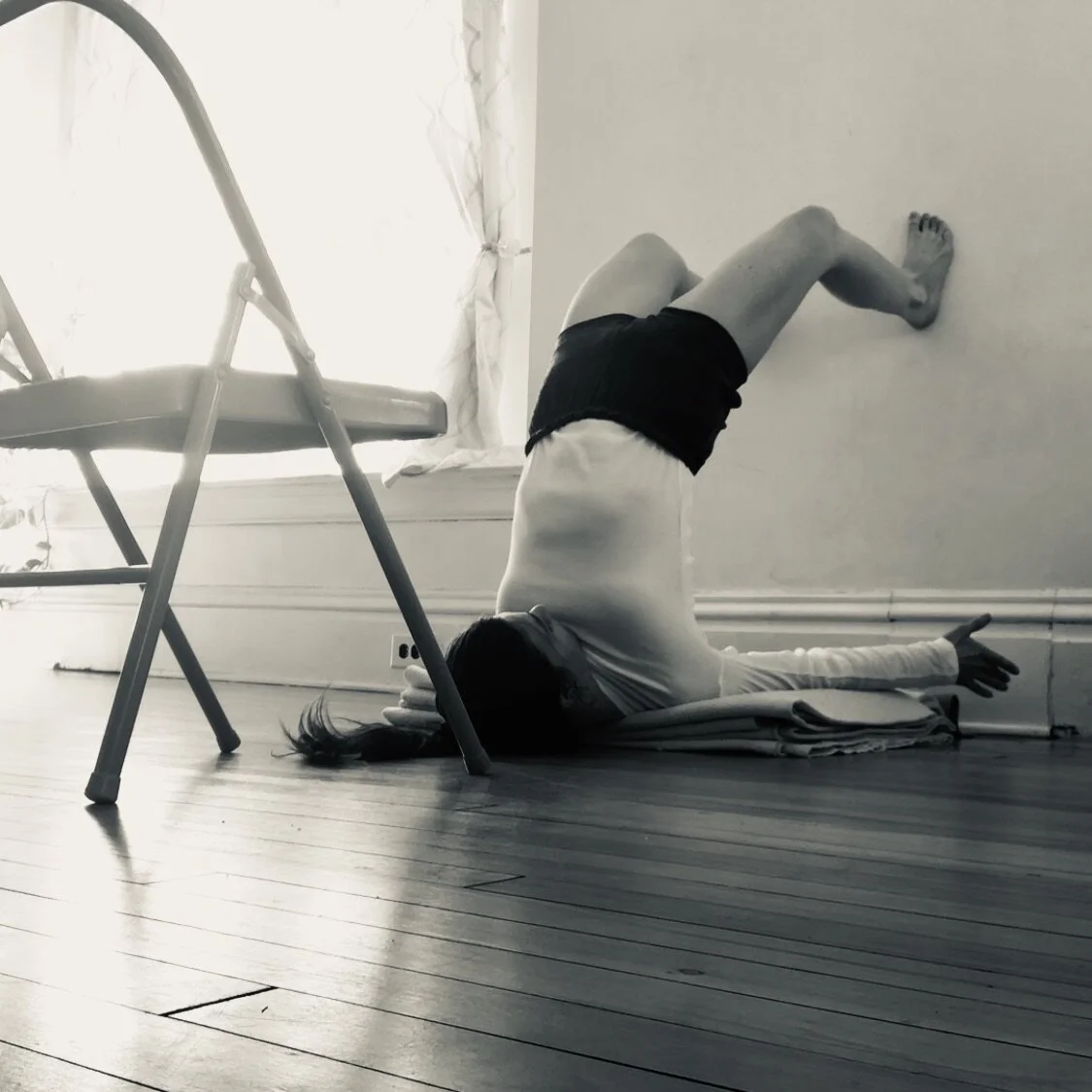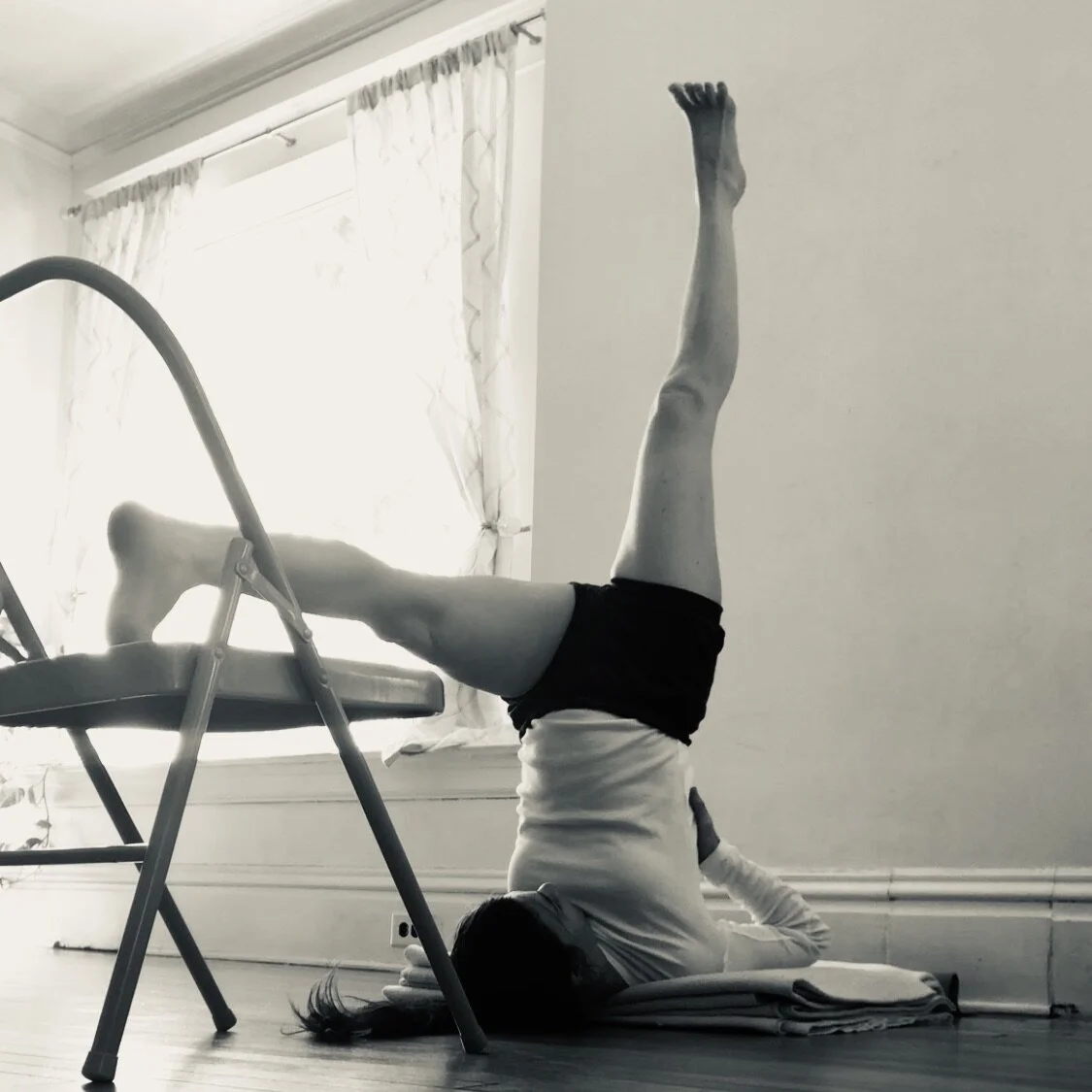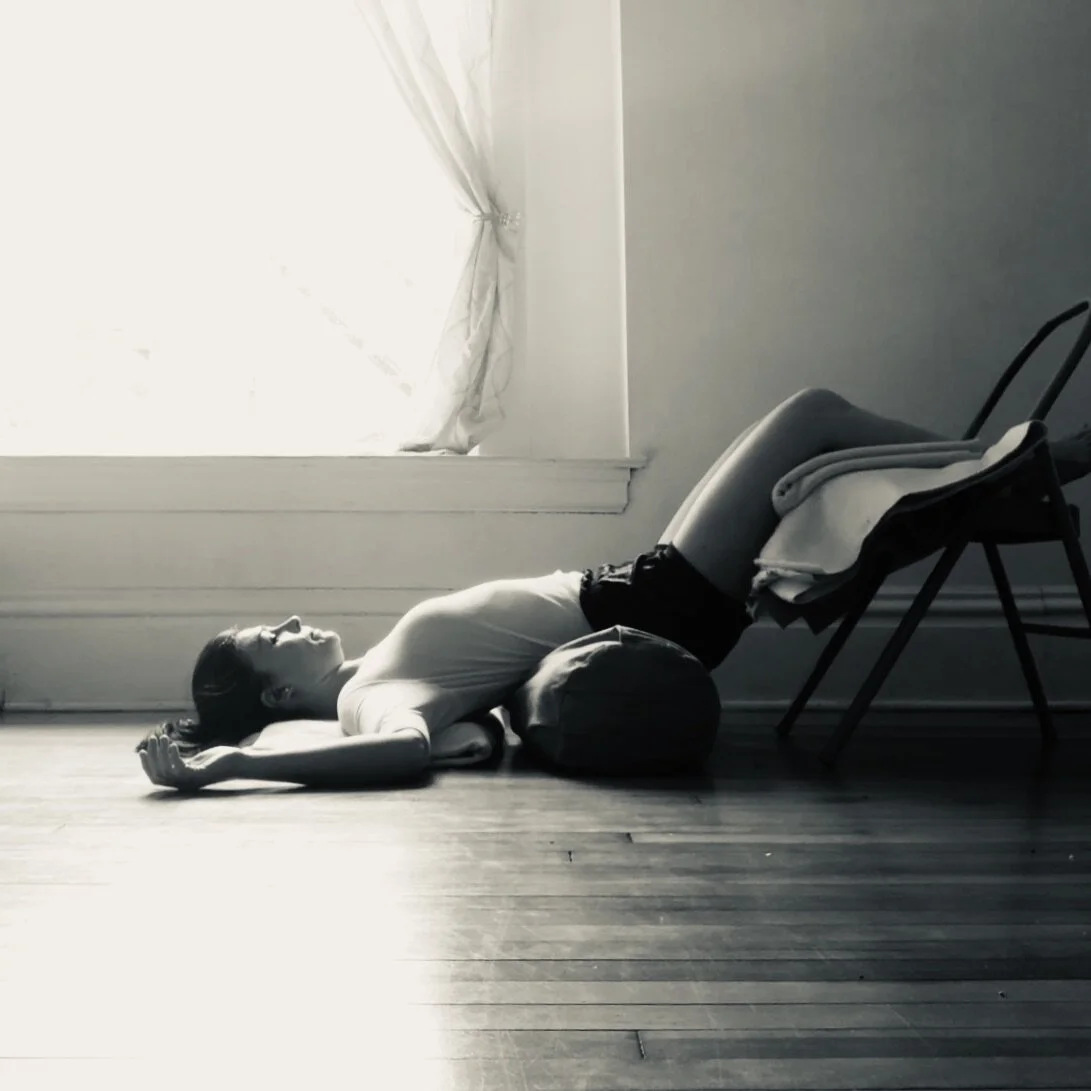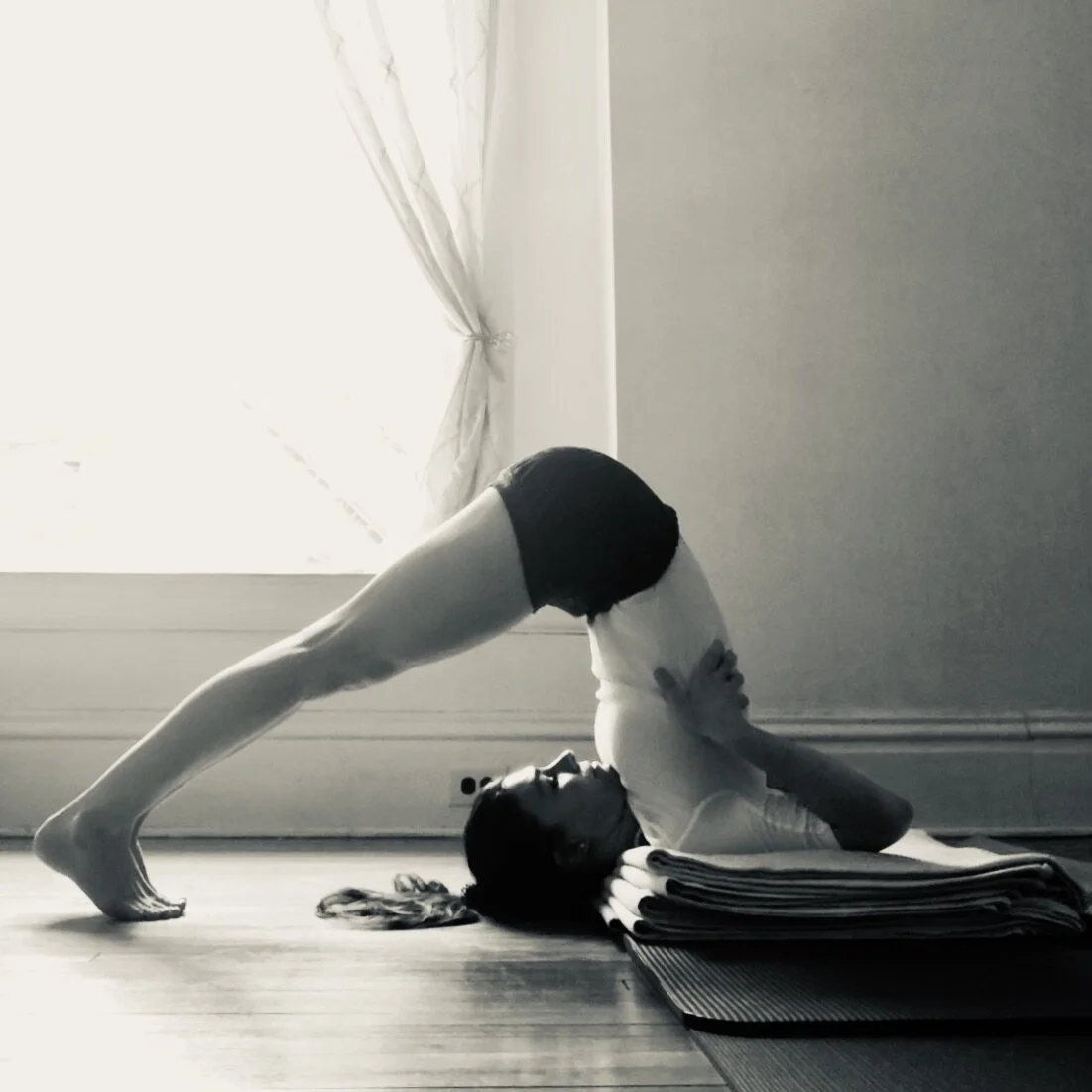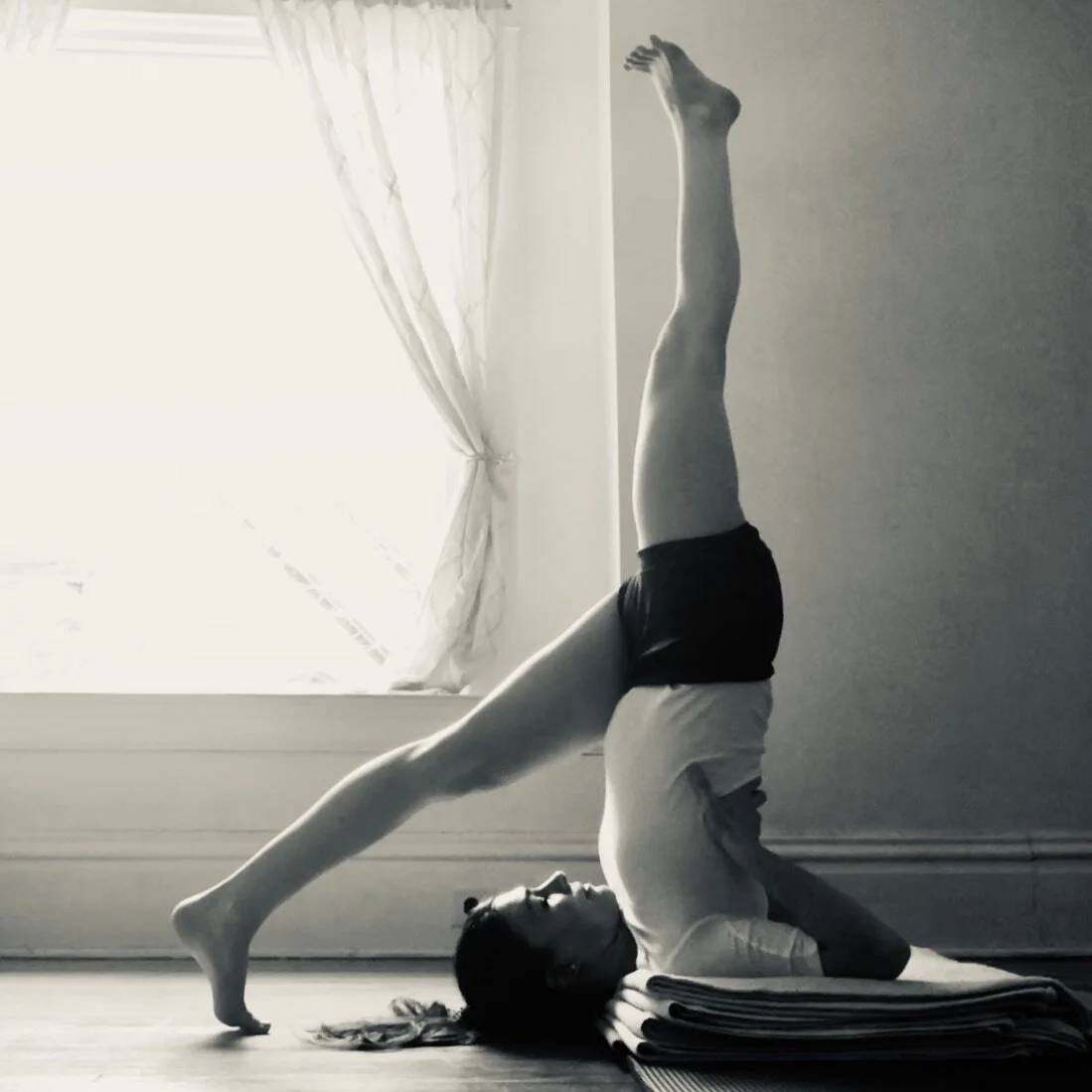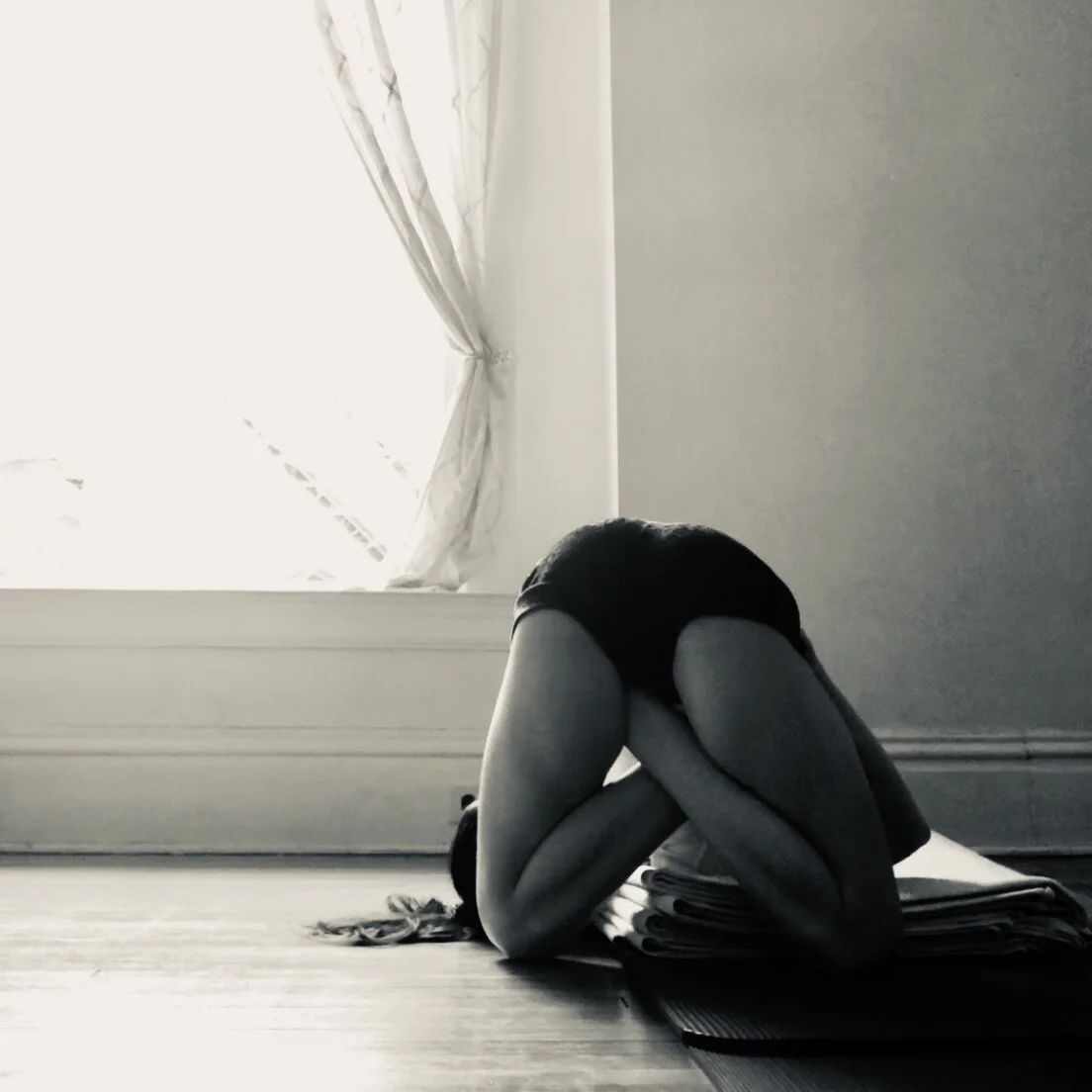This is a multi-level sequence based on Yogacarya Sri B.K.S. Iyengar’s recommendations for practicing for the immune system when the Ramamani Iyengar Memorial Yoga Institute was closed during a flu outbreak many years ago. Shown are various postures with optional variations and supports for beginner/intermediate/advanced practitioners.In classes, the teacher tailors the sequence to the students attending class. When we practice at home we make choices about how to practice and why. As you can see here there are many ways. This sequence shows some of the possibilities within the genius of B.K.S. Iyengar’s sequence and method. ALL credit due to my teacher and B.K.S. Iyengar.
For beginners, do what you can do, skip what isn’t possible or postures that say intermediate/advanced, and ask if you have questions/concerns. These poses are meant to be held for a length of time which is why they are mostly shown with support.
In case of illness, do not tax one’s energy. Do to capacity and do not strain. Take more support in case of fatigue or weakness. The beginner/intermediate variations may also be helpful for all students feeling unwell. Rope Sirsasana should be practiced if one is unwell and weak. Many of these poses and this entire sequence may be helpful for sinus and upper respiratory infection.
For advanced practitioners, this potentially can be a long and challenging practice by practicing the inversions and variations with long timed hold. This is a way to do a challenging practice which is not taxing for one’s energetic sheath (which would potentially make a body more vulnerable to virus and disease).
Click on an image for more information about the pose (may not work on mobile devices).
1. Uttanasana “Intense Stretch Position”
with head support
2. Adho Mukha Svanasana - “downward facing dog posture”
with head support
3. Prasarita Padottanasana - “expanded and Intensely stretched legs posture”
head resting
4a.Salamba Sirsasana - “Supported Head Balance Posture”
(skip if menstruating or not inverting) (or as an alternate posture: Supta Virasana - “reclining hero’s pose” —see below.
Intermediate- Advanced practitioners practice Salamba Sirsasana I for 5 - 10 minutes and whatever variations are possible.
4b.Salamba Sirsasana - “Supported Head Balance Posture”
with Rope support
(skip if menstruating or not inverting) see below for an alternate posture: Supta Virasana - “reclining hero’s pose”
4c. Supta Virasana - “reclining hero’s pose”
(alternate pose for Sirsasana and variations) for beginners+. This is a helpful position for relieving abdominal cramping and digestive problems.
5. Dwi Pada Viparita Dandasana - “Two legged Inverted Staff Position” variations with support
& supported Purva Pratana Sthiti “Western Extension Steadiness” variations for beginners+
6. Setu Bandha Sarvangasana - “Formation of the Bridge of the Whole Body Posture”
for beginners (will be included later below (8a) for Intermediate/advanced in Sarvangasana variations sequence.) This pose can be practiced all by itself as needed to calm anxiety and the nervous system for those with stressed bodies and minds and autoimmune disease or nervous system problems and weakness. Ok during fever.
7a.Salamba Sarvangasana - “Supported Whole Body Posture”
for continuing beginners or those need more support, skip if menstruating. Intermediate/advanced practitioners skip to 7b.
7b. Salamba Sarvangasana - “Supported Whole Body Posture” with variations
for intermediate - advanced students
8a. Setu Bandha Sarvangasana - “Formation of the Bridge of the Whole Body Posture”
from Sarvangasana for Intermediate/advanced students only
8b. Bharadvajasana “Sage Bharadvaja Pose”
a transition pose for those who need it: supported chair twist for beginners or those with back pain. Can be skipped by others.
9. Viparita Karani - “Inverted Lake” Mudra with Support
10. Savasana - “corpse pose”
Support torso and more head support as needed for upper respiratory system infections. If one is very ill, rest in this pose as needed. If there is coughing, elevated the chest even further.
